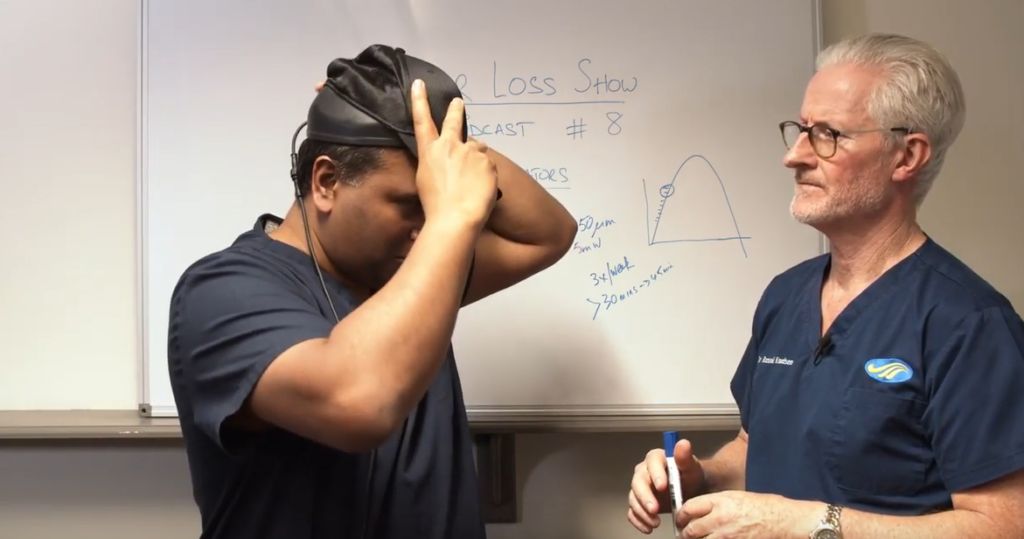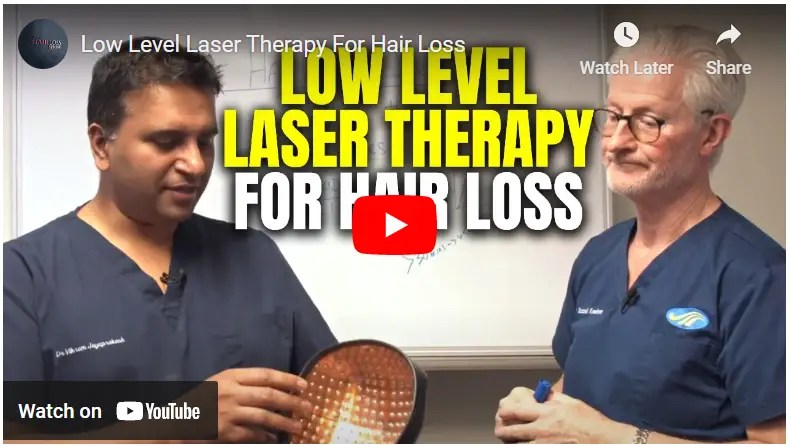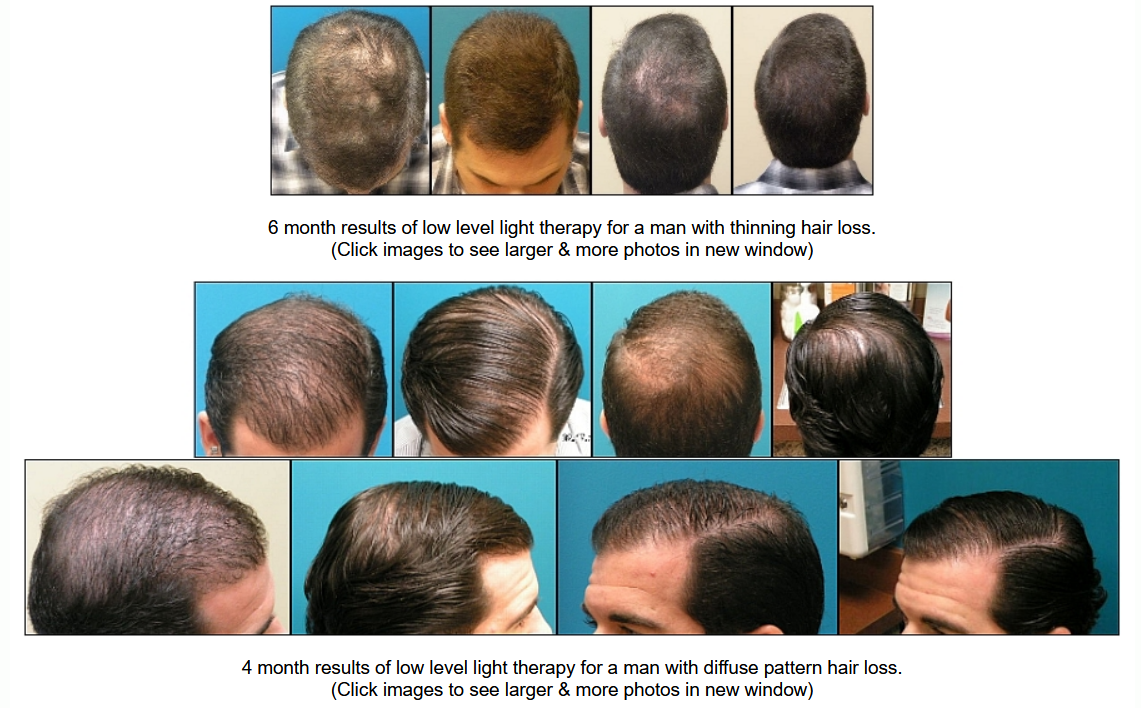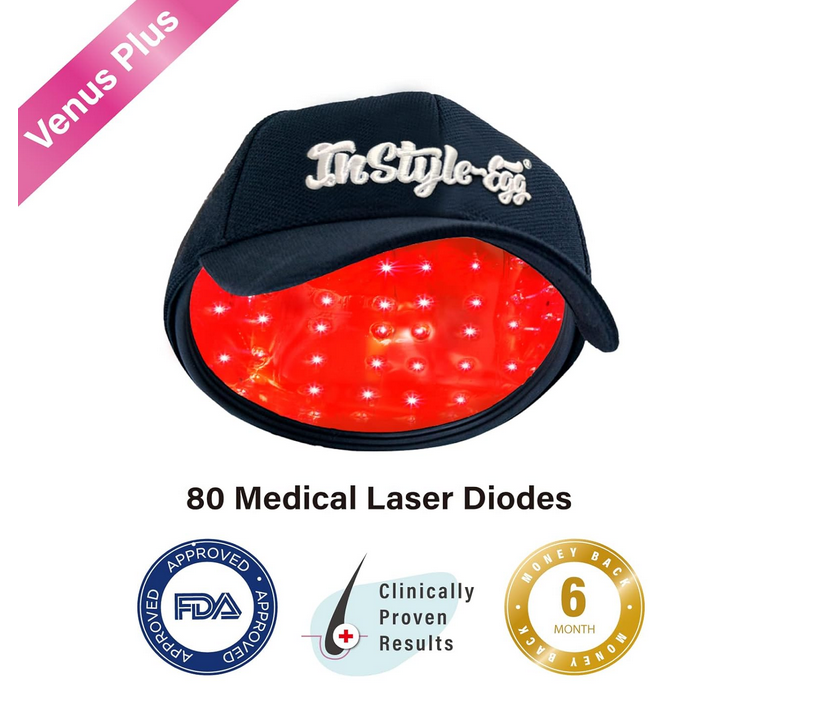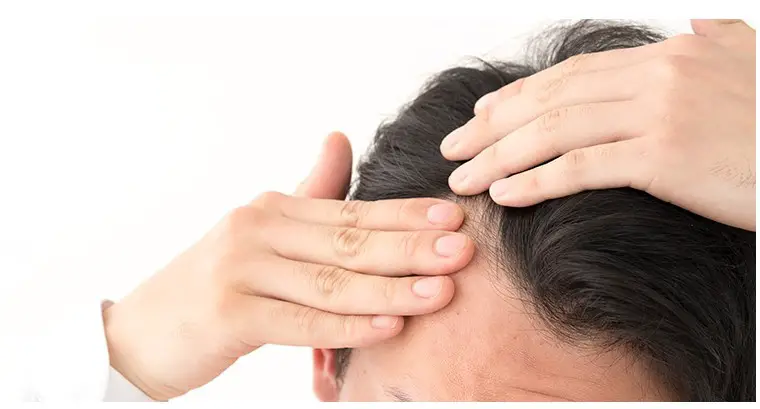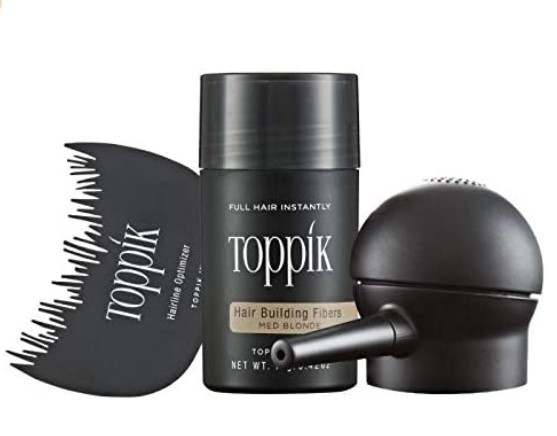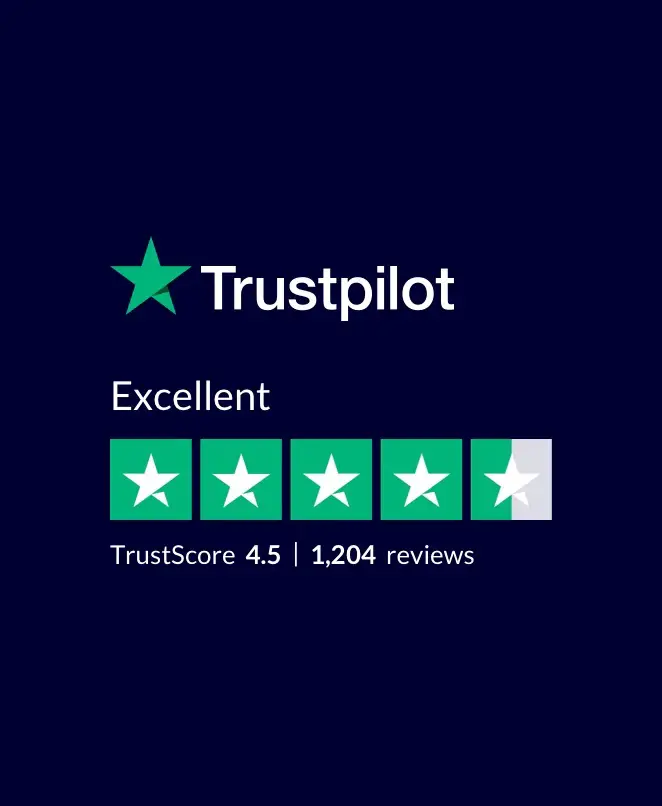Discover the transformative effects of LLLT Before and After with LaserCap. This comprehensive guide covers everything from cost to real-world testimonials.
Hair loss is not just a cosmetic issue; it’s a problem that can take a significant emotional toll on individuals. Whether it’s due to genetics, age, or other factors, the reality is that hair loss affects millions of people worldwide. While there are various treatments available, not all are equally effective or accessible.
Enter Low-Level Laser Therapy (LLLT) and LaserCap, two innovative solutions that have been gaining traction in the hair restoration industry. LLLT uses low-level lasers to stimulate hair follicles, promoting growth and thickness. LaserCap takes this a step further by providing a convenient, at-home device that utilizes LLLT technology. This article aims to provide a comprehensive guide on LLLT Before and After with LaserCap, offering real-world testimonials, scientific evidence, and practical advice on cost and accessibility.
LLLT has proven to be an effective treatment for hair loss, offering a non-invasive solution that stimulates hair follicles and promotes growth. The LaserCap, a convenient and portable LLLT device, stands out for its ease of use and effectiveness.
These treatments are generally well-tolerated, with minimal side effects, and can be combined with other treatments like Minoxidil for enhanced results.
The cost may vary, but the investment is often justified by the promising outcomes many individuals experience.
If you’re grappling with hair loss and are looking for a scientifically-backed treatment, this article is your go-to resource.
What is Low-Level Laser Therapy?
Low-Level Laser Therapy (LLLT) is a non-invasive treatment method that has been gaining prominence in various medical fields, including dermatology and trichology. Originating in the 1960s, LLLT has a rich history of being used for wound healing, pain relief, and more recently, for combating hair loss. Unlike traditional laser treatments that use high levels of energy, LLLT employs low-level lasers or light-emitting diodes (LEDs) to stimulate cellular activity.
At a cellular level, LLLT works by targeting the mitochondria in hair follicles. The low-level lasers penetrate the scalp and are absorbed by the mitochondria, which then increases adenosine triphosphate (ATP) production. This boost in ATP energizes the cells, encouraging hair growth and improving hair density. It’s a process that has been backed by numerous scientific studies, showing promising results for both men and women experiencing hair loss.
For those interested in the science behind light-based therapies for hair restoration, our article on Red Light Therapy for Hair Loss provides an in-depth look. If you’re considering LLLT as a treatment option, this is a must-read resource that can guide you through the complexities of light therapies.
LaserCap: A Detailed Review
Hair loss has been a persistent issue that has troubled millions worldwide. While there are numerous treatments available, not all are effective or free from side effects. This is where Low-Level Laser Therapy (LLLT) has made a significant impact. Among the various LLLT devices available, LaserCap stands out for several reasons.
What is a LaserCap?
A LaserCap is a portable, hands-free device designed to deliver low-level laser therapy to the scalp. Unlike traditional hair loss treatments, LaserCap uses a specific wavelength of light to stimulate hair follicles at a cellular level. This promotes hair growth without the need for surgical interventions or medications that might have side effects. The device is often praised in low-level laser therapy hair loss reviews for its convenience and effectiveness.
How LaserCap Differs from Other LLLT Devices
While there are many LLLT devices for hair loss, LaserCap has some unique features that set it apart:
- Ease of Use: LaserCap is designed to fit discreetly under a hat, making it easy to use anywhere, anytime.
- Safety: The device has undergone rigorous testing to ensure it is safe for long-term use.
- Effectiveness: Numerous laser cap before and after reviews and clinical studies validate the efficacy of LaserCap in promoting hair growth.
For those interested in a more in-depth comparison of different devices, check out our Laser Helmet Guide.
Are you tired of ineffective hair loss solutions? Explore how LaserCap can make a difference in your life. Don’t miss out on an opportunity for real change; take action now!
By incorporating low-level laser therapy hair loss before after results and user testimonials, this article aims to provide a comprehensive review of LaserCap. Whether you’re curious about laser cap side effects or wondering how often to use laser cap, stay tuned as we delve deeper into this innovative solution for hair loss.
LLLT Before and After with LaserCap: Real Results
The quest for effective hair loss solutions often leads to a mix of hope and skepticism. While Low-Level Laser Therapy (LLLT), particularly when administered through a LaserCap, has garnered attention, it’s essential to provide a balanced perspective. This section aims to do just that, exploring both real-world testimonials and scientific studies on the efficacy of LaserCap. Additionally, we’ve included compelling before and after photos to showcase the transformative power of LLLT.
Real-world Testimonials and Reddit Reviews
Reddit discussions offer a range of opinions on LLLT devices like LaserCap and iRestore. Some users found value in laser combs, while others felt the investment didn’t pay off. These discussions highlight that LLLT’s effectiveness can vary from person to person.
Comment
byu/oilinfinityskin from discussion
inFemaleHairLoss
Comment byu/oilinfinityskin from discussion inFemaleHairLoss
Comment
byu/oilinfinityskin from discussion
inFemaleHairLoss
Clinical Studies Supporting LaserCap Efficacy
Clinical studies provide a scientific basis for evaluating LLLT for hair loss. These studies often focus on safety, efficacy, and cost-effectiveness. For a more in-depth look at another LLLT device, check out our iGrow Helmet Reviews.
Before and After Photos: Real Transformations
We understand that seeing is believing, which is why we've compiled a collection of before and after photos of our satisfied customers. These images showcase the incredible transformation that LLLT can bring to your life.
- Profile 1: A 53-year-old individual with female pattern hair loss and significant thinning in the crown area underwent six months of LLLT treatment combined with Minoxidil. The results were promising, showing noticeable improvement.
- Profile 2: A woman aged 63 with Androgenic Alopecia & Telogen Effluvium due to stress underwent six months of LLLT treatment using red light hair growth devices along with Minoxidil. New hairs had already grown from her scalp after just seven weeks.
- Profile 3: A male patient with pattern hair loss also underwent LLLT treatment. While we are still gathering data on his progress, initial signs are encouraging.
Intrigued by these transformations? Don't just rely on testimonials. Dive into the scientific evidence and make an informed decision. Take the first step towards potentially fuller, healthier hair today.
Cost and Accessibility
When it comes to treating hair loss, Low-Level Laser Therapy (LLLT) has emerged as a promising solution. However, the cost and accessibility of these treatments, particularly when considering a specialized device like LaserCap, are often top concerns.
The Cost of LaserCap
The price of a LaserCap can vary depending on the model and features, but generally, it's a one-time investment ranging from $500 to $3,000. While this may seem steep, it's crucial to weigh this against the long-term costs of other treatments like Minoxidil or hair transplants. Moreover, some insurance plans may partially cover the cost, making it a more accessible option for many.
Where to Find LaserCap Treatments Near You
LaserCap treatments are increasingly available at dermatology clinics and specialized hair loss treatment centers. Some people prefer to purchase the device for at-home use, which is available through various online retailers. It's essential to consult with a healthcare provider for a proper diagnosis and treatment plan before making a purchase.
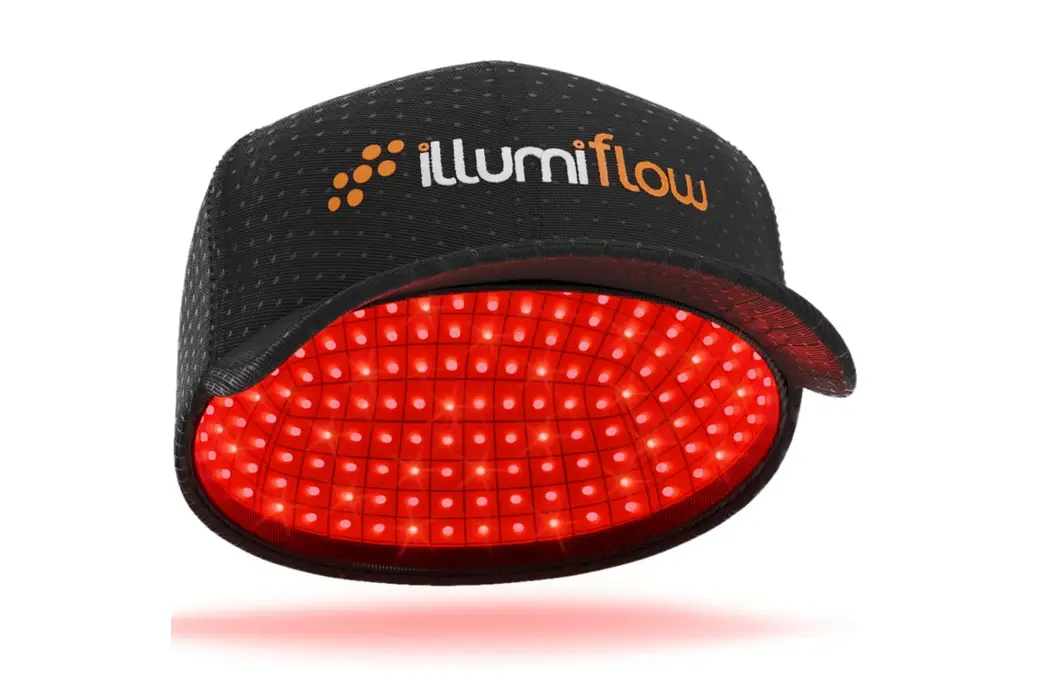
Illumiflow 272 Pro Laser Cap
Features 272 medical-grade lasers with a wavelength of 650nm, providing full scalp coverage. Clinically tested and FDA-cleared.

Kiierr Laser Cap
Utilizes 272 diodes at 650-nm and 5mW power, designed with a laser pattern to give 100% coverage to the treatment area.
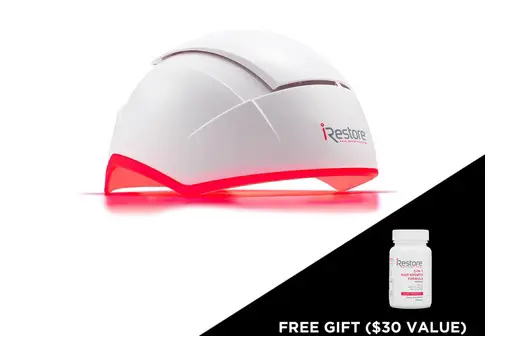
Irestore Professional
Features 282 medical-grade lasers with a wavelength of 650nm, providing full scalp coverage. FDA-cleared for both men and women.
For those who are already using Minoxidil and are considering combining it with LLLT, our guide on Minoxidil 2% Foam provides valuable insights into how these treatments can work in tandem. This guide will help you understand the low-level laser therapy hair loss cost in the context of a broader treatment plan, offering a comprehensive view of what to expect.
Side Effects and Safety
As with any medical treatment, it's crucial to consider the potential side effects and safety of using Low-Level Laser Therapy (LLLT) devices like the LaserCap. While LLLT has been generally well-tolerated, understanding the risks and safety measures can help you make an informed decision.
Potential Side Effects of Using LaserCap
Most users report minimal to no side effects when using LaserCap for hair loss treatment. However, some individuals have experienced mild scalp irritation or warmth during the sessions. It's essential to follow the manufacturer's guidelines and consult a healthcare provider if you experience any discomfort.
Safety Measures and FDA Approval
LaserCap is an FDA-cleared device, which means it has undergone rigorous testing to ensure its safety and efficacy. When using the device, make sure to adhere to the recommended treatment duration and frequency to minimize any risks. Always read the user manual for specific safety instructions.
Concerned about side effects? Rest assured, LaserCap is an FDA-cleared device designed with your safety in mind. Consult your healthcare provider for personalized advice tailored to your needs.
For more information on the FDA's stance on laser products, including LaserCap, you can read our comprehensive guide on FDA on Laser Products. This resource will help you understand the FDA's role in ensuring the safety of low-level laser therapy hair loss devices, giving you added peace of mind as you consider this treatment option.
FAQs
Navigating the world of hair loss solutions can be overwhelming, which is why we've compiled a list of Frequently Asked Questions to help you better understand Low-Level Laser Therapy (LLLT) and its efficacy.
Is LLLT Effective for Hair Loss?
Yes, LLLT has been shown to be effective in promoting hair growth and reducing the rate of hair loss. Clinical studies have demonstrated its efficacy, especially when used consistently over a period of several months.
Can LLLT Be Used with Other Treatments?
Absolutely. LLLT can be combined with other hair loss treatments like Minoxidil or Finasteride for enhanced results. Always consult your healthcare provider for a tailored treatment plan.
Are There Any Side Effects?
As mentioned in our Side Effects and Safety section, LLLT is generally well-tolerated, but some individuals may experience mild scalp irritation.
What Exactly Does the Process Entail?
The process involves wearing a laser cap that emits low-level lasers to stimulate hair follicles. Each session typically lasts around 20-30 minutes.
How Long Will It Take Before You See Any Improvement?
Most users report seeing noticeable improvements within 3 to 6 months of consistent use.
Does Red Light Laser Therapy Really Work, Can It Help You or Not?
Yes, red light laser therapy, a form of LLLT, has been proven to be effective in various studies. However, results can vary from person to person.
Conclusion
As we wrap up this comprehensive guide, it's crucial to revisit the key takeaways about Low-Level Laser Therapy (LLLT) and LaserCap. LLLT has proven to be an effective treatment for hair loss, offering a non-invasive solution that stimulates hair follicles and promotes growth. The LaserCap, a convenient and portable LLLT device, stands out for its ease of use and effectiveness, especially when compared to other LLLT devices on the market.
For those grappling with hair loss, the emotional toll can be significant. However, LLLT and LaserCap offer a glimmer of hope. These treatments are generally well-tolerated, with minimal side effects, and can be combined with other treatments like Minoxidil for enhanced results. The cost may vary, but the investment is often justified by the promising outcomes many individuals experience.
In summary, if you're seeking a scientifically-backed, non-invasive solution for hair loss, LLLT and LaserCap are worth considering. Always consult with healthcare providers for a tailored treatment plan and to discuss any potential side effects or interactions with other treatments you may be using.
Final Thoughts and Recommendations: Given the promising results and minimal risks, it's worth exploring LLLT and LaserCap as part of a comprehensive approach to hair loss treatment. For more insights, we recommend watching our collection of LaserCap Reviews to hear firsthand experiences and make an informed decision.
- AI Powered Bald Filter Online 2024: See Yourself with No Hair! - January 19, 2024
- Harklinikken Bad Reviews 2024: Analyzing Negative Feedbacks - January 18, 2024
- How to Get the Alex Eubank Hair | Step-By-Step Tutorial 2024 - January 18, 2024
